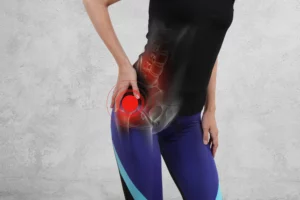If your baby is not crawling by 12 months, or is crawling asymmetrically or a bit funny, a paediatric physiotherapy assessment is recommended. Types of funny crawls include bottom scooting, tripod crawl, dragging one leg, belly crawl, rolling across the room.
BOTTOM SCOOTER (BOTTOM SHUFFLER)
These babies move around in sitting by using their arms. Bottom shuffling is more common in hypermobile babies who skip normal crawling. It can be due to weakness in their hips, core or asymmetry in their trunk if they shuffle to the side.
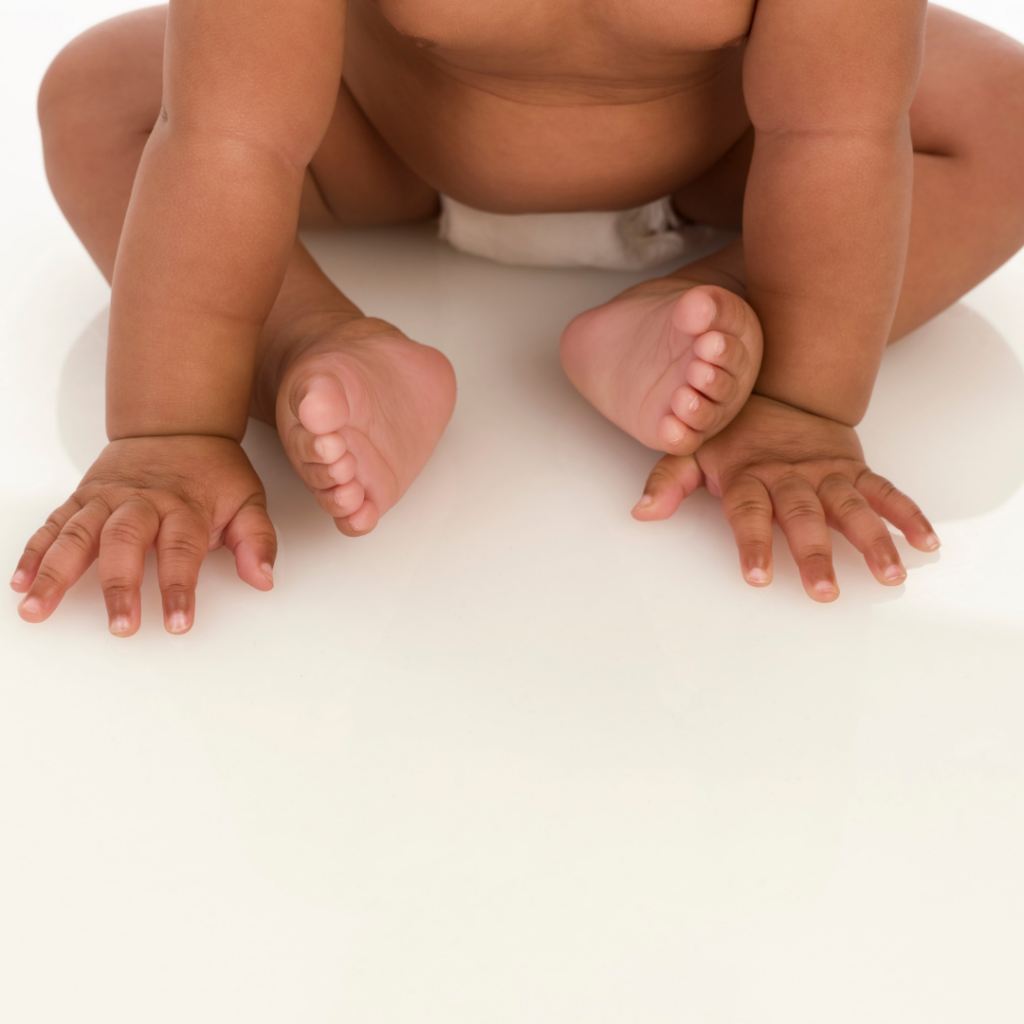
TRIPOD CRAWL (“JANKY CRAWL”)
Some babies learn to crawl with one knee down and one foot forward. This is an asymmetrical pattern caused by an asymmetry in their hips, muscles or body awareness. This can be because of weakness, tightness or looseness in one hip. Crawling in this pattern can cause other asymmetries in the body. They don’t learn their midline or reciprocal movement coordination with this crawl.
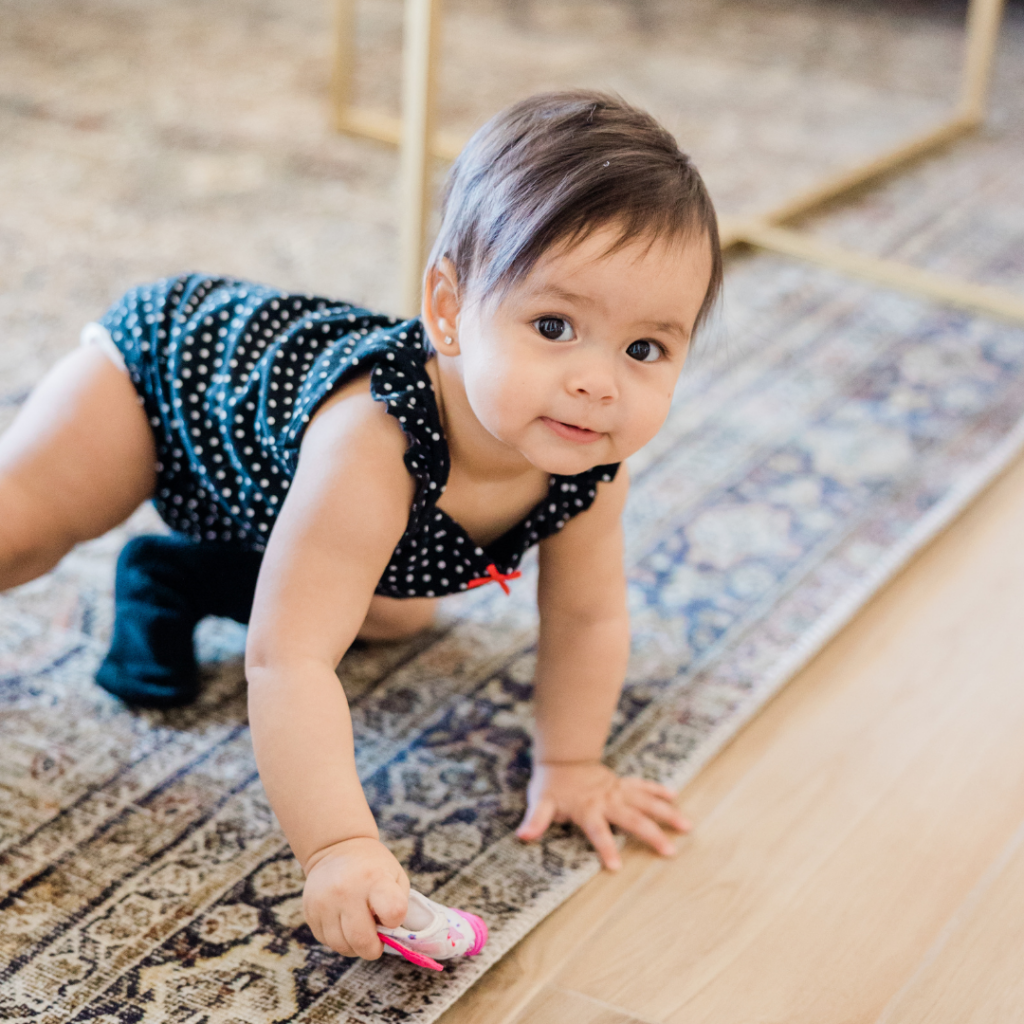
ROLLING
Some babies roll longer distances to mobilise across the room. This may be because they are not strong enough to crawl.
BELLY CRAWL (“THE INCHWORM”)
Some babies drag their belly along the floor using both arms at the same time, not using their knees which are down straight. This can be due to hip weakness or coordination difficulties.
COMMANDO CRAWL (ARMY CRAWL)
Normal motor development can include the commando crawl, a type of belly crawl using opposite arms and legs symmetrically. Some babies skip this step and go straight to crawling on hands and knees. Other babies get stuck on this developmental step due to weakness in their hips and shoulders. If they are not moving both their arms and legs to push them, this can be due to weakness at the hips or shoulders.
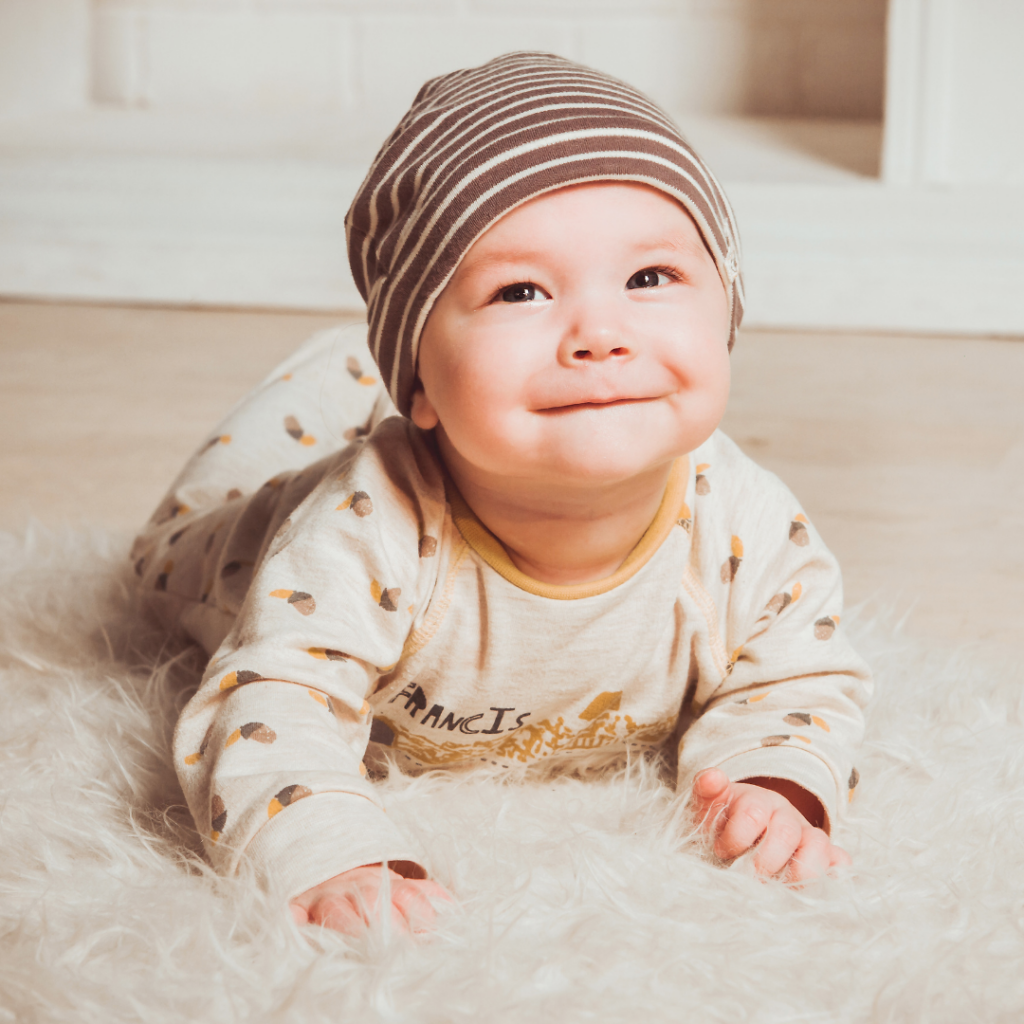
BEAR CRAWL
This is crawling with their arms and legs straight, using their hands and feet. If they skip typical crawling and go straight to bear crawling, it can be due to weakness in the hips. Bear crawling is a normal mini-motor milestone, if they also crawl normally.
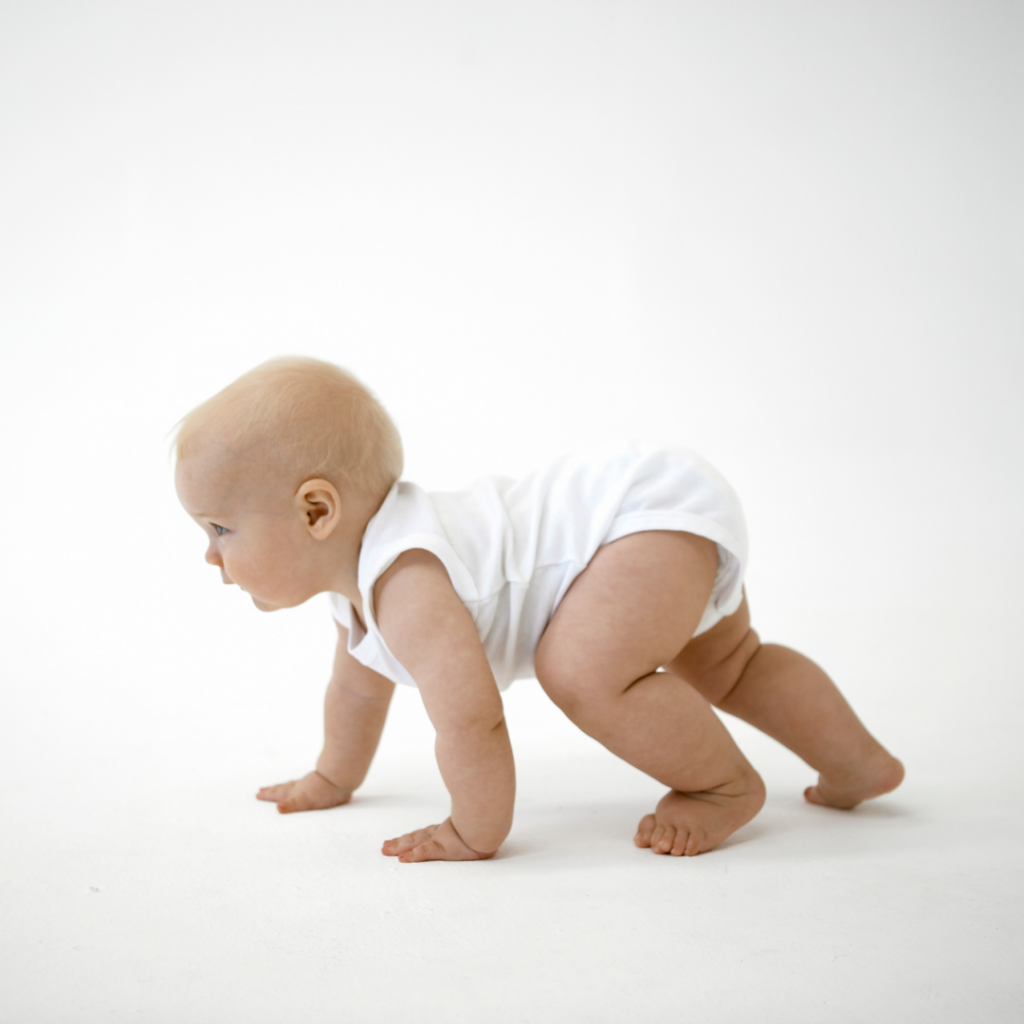
TYPICAL BABY CRAWLING (“CREEPING”)
This is normal crawling symmetrically on their hands and knees. The knees are under the hips and move one at a time. Crawling is an important developmental step that strengthens the hips, core and shoulders. It helps with development of other parts of the brain including visual development (depth perception), integrating primitive reflexes, learning reciprocal movements and bilateral coordination. Typically crawling happens from 9-12 months. The right arm moves with the left leg, and the left arm with the right leg.
WHAT CAN WE DO AT TOTAL PHYSIOTHERAPY?
Paediatric physiotherapists treat all types of ‘funny’ crawls. We can help your baby get strong enough to move. If you are concerned about your baby’s crawling, book in a review with one of our paediatric physiotherapists today on 9907 0321.


